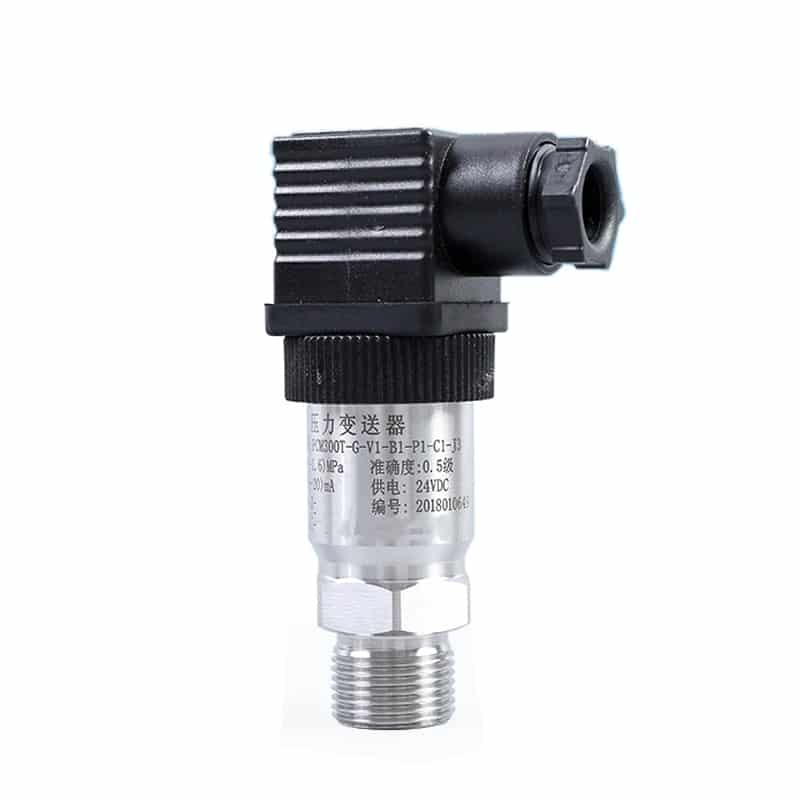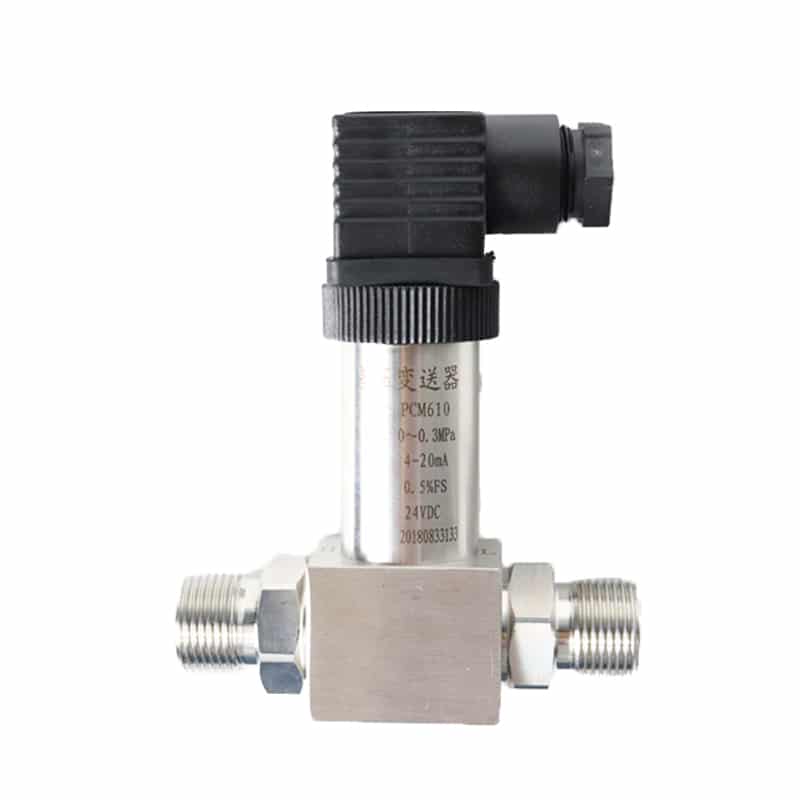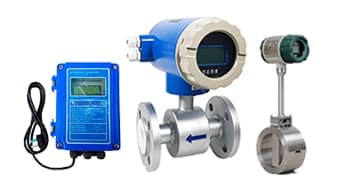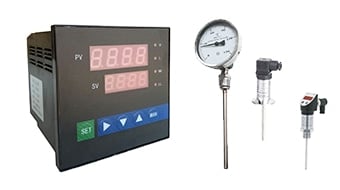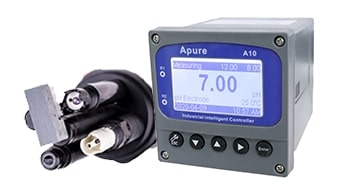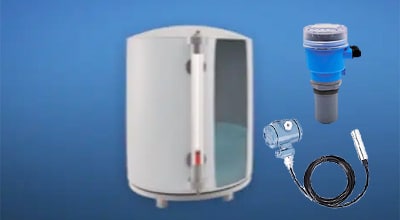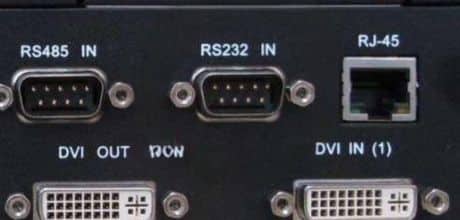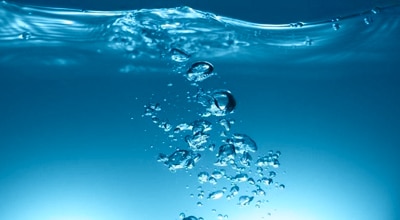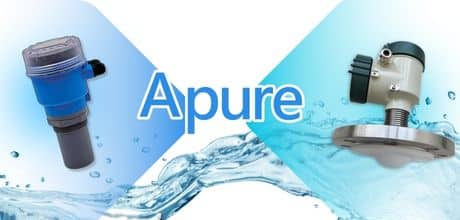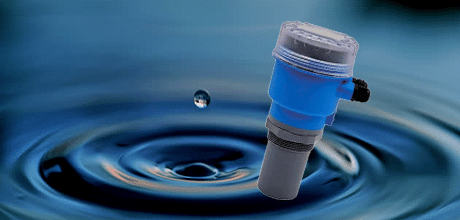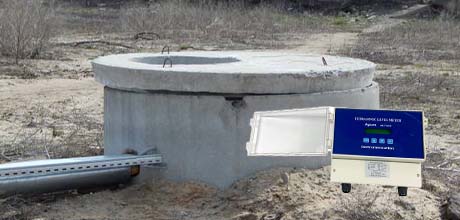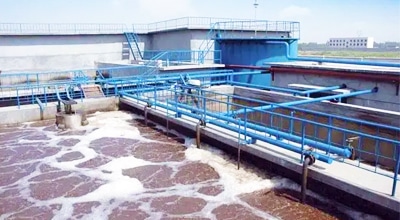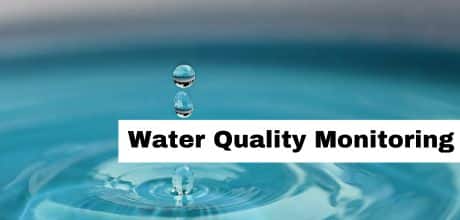Pressure Transmitter
Apure pressure transmitters do more than just provide accurate and reliable data for process control. Apure pressure instrumentation helps achieve enhanced product quality, reduced total cost of ownership, and increased plant availability. Engineered with Apure sensor technology, our pressure transmitters deliver high reliability across a range of process conditions, eliminating numerous application challenges.
What is a pressure transmitter?
Pressure transmitter is a device that converts pressure signals into standard electrical signals (e.g. 4-20mA current signals). It is widely used in industrial automation, process control and other fields, used to measure the pressure of various media (gases, liquids), and transfer the measurement results to the control system.
Components
- Pressure measuring element: The core component that senses pressure.
- Measuring circuit: The circuit that converts the pressure signal into an electrical signal.
- Process connection: Connection to the measured medium.
Pressure transmitter working principle
- Pressure sensing: The pressure transmitter senses the pressure of the measured medium through sensitive elements (such as spring tubes, thin films, etc.).
- Signal conversion: the deformation generated by the pressure is converted into an electrical signal through mechanical or electromagnetic means.
- Signal amplification and processing: electrical signals after amplification, filtering and other processing, converted to standard 4-20mA current signal or other forms of electrical signals.
- Signal output: standard electrical signal output for the control system to collect, display and control.
Types of Pressure Transmitters
Classified according to the way of measuring pressure
Gauge Pressure Transmitter
- Measures pressure relative to atmospheric pressure.
- Widely used, commonly used to measure the pressure of liquids and gases.
Absolute Pressure Transmitter
- Measure the pressure relative to absolute vacuum.
- Commonly used in applications requiring accurate measurement of absolute pressure, such as vacuum systems, meteorological measurements, etc.
Differential Pressure Transmitter
- Measures the difference between two pressures.
- Commonly used in flow measurement, liquid level measurement, etc.
According to the sensitive element classification
Spring tube pressure transmitter
- Spring tube is used as the sensitive element.
- Simple structure, low cost, but relatively low precision.
Thin-film pressure transmitter
- It adopts thin film as the sensitive element.
- It has high sensitivity and fast response speed, and is suitable for high-precision measurement.
Ceramic Pressure Transmitter
- Adopts ceramic as the sensitive element.
- High temperature and corrosion resistant, suitable for harsh environments.
Silicon piezoresistive pressure transmitter
- Adopting silicon piezoresistive effect as the measuring principle.
- High precision, good stability, widely used in various industrial fields.
Applications
Industrial automation
Process control: In chemical, petroleum, pharmaceutical and other industries, pressure transmitters are used to control the pressure of reactors, tanks and other equipment to ensure the safety and stability of the production process.
Level Measurement: Indirect measurement of liquid level by measuring the pressure difference between the top and bottom of the container.
Flow measurement: In conjunction with a throttling device, the flow rate is calculated according to the differential pressure change.
Pump protection: Monitor the outlet pressure of the pump to prevent pump overload.
Power Industry
Boiler Level Measurement: Monitor the boiler water level to ensure the safe operation of the boiler.
Turbine Protection: Monitor the working pressure of the turbine to prevent overpressure.
Transformer oil pressure monitoring: Monitor the pressure of transformer oil to ensure good transformer insulation.
Petrochemical
Pipeline pressure monitoring: Monitor the pressure inside the pipeline to prevent pipeline rupture.
Tank Level Measurement: Monitor the level of liquid in the tank to control the feeding and discharging of materials.
Compressor protection: Monitor the compressor discharge pressure to prevent overpressurization.
Food and Beverage Industry
Filling process control: Control filling pressure to ensure product quality.
Fermentation process control: Monitor the pressure in the fermenter to control the fermentation process.
Aerospace
- Flight control system: Monitor the pressure of aircraft hydraulic system, fuel system, etc. to ensure flight safety.
- Rocket motor control: Monitor the pressure in the combustion chamber of rocket motors to control the thrust.

